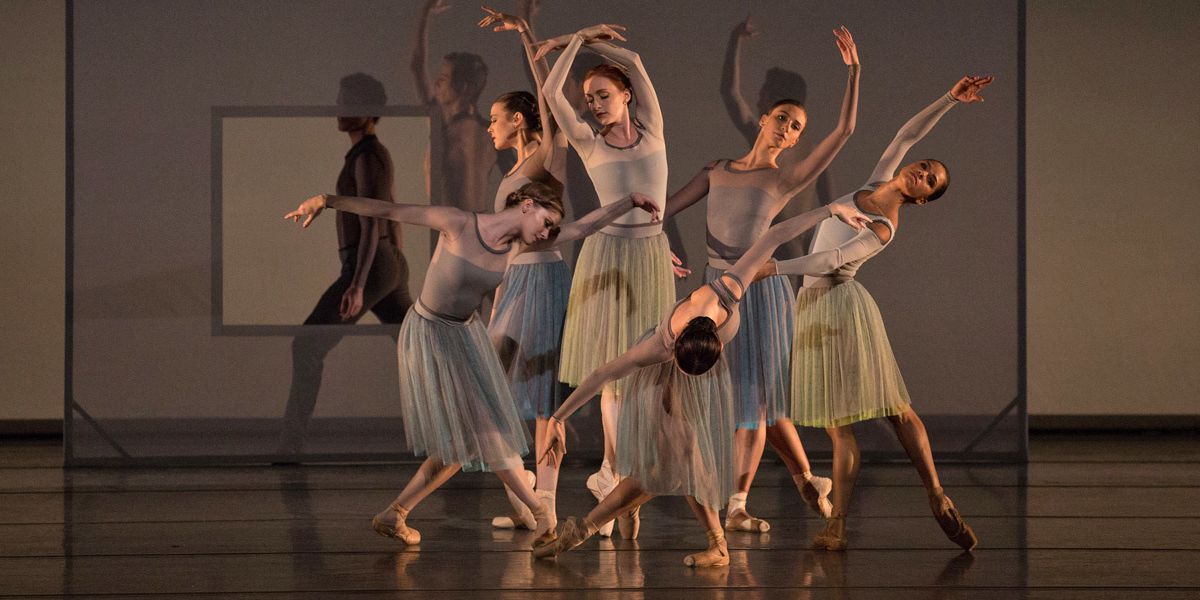Why We Should Think Twice Before Applauding ABT's New Women Choreographers Initiative
A few weeks ago, American Ballet Theatre announced the A.B.T. Women’s Movement, a new program that will support three women choreographers per season, one of whom will make work on the main company.
“The ABT Women’s Movement takes inspiration from the groundbreaking female choreographers who have left a lasting impact on ABT’s legacy, including Agnes de Mille and Twyla Tharp,” said artistic director Kevin McKenzie in a press release.
Hypothetically, this is a great idea. We’re all for more ballet commissions for women. But the way ABT has promoted the initiative is problematic.
Part of it is the fact that they plan to provide these women with “guidance and feedback from ABT’s artistic staff.” Though they surely mean for this to be supportive, not condescending, Debra Levine points out in Arts Meme that they wouldn’t dare suggest that male choreographers need “guidance and feedback.” And are they saying that Tharp, whose In the Upper Room will be performed for the gala celebrating the new initiative in October, needs “guidance and feedback”?
But what’s really troubling is the way that ABT suggests that they’ve already been doing the work of supporting women, they’ve just now decided to “formalize it,” as McKenzie told the New York Times. A story in the San Francisco Classical Voice argues that this initiative makes perfect sense because “it’s all a product of ABT’s DNA, a logical follow-on to the company’s history of engaging with powerful, gifted women.”
Writer Janice Berman cites four examples to back this up: ABT co-founder Lucia Chase, choreographers de Mille and Tharp, and ballerina Natalia Makarova, who staged Marius Petipa’s La Bayadère on the company. Though these are indeed powerful, gifted women, they are merely four women over ABT’s 79-year history. And looking at ABT’s repertory, you’d be hard-pressed to find other examples of women choreographers the company has consistently supported.
Of the 183 choreographers who have worked with ABT, 41 of them are women. Only 14 have more than one piece in the repertory. Far fewer have had their works staged frequently, or recently.
ABT is beginning to address this imbalance with the new initiative. But their tone is a bit too self-congratulatory considering how few women they’ve actually commissioned. They’re not continuing their legacy, they’re correcting it.




